The content of the article
Every year late blight comes on planting tomatoes. And with each season, tireless summer residents come up with new ways to deal with it. All methods are divided into two types: prevention and saving the remaining crop. The first are used on healthy plants and are designed to prevent the onset of the disease. The latter are used when late blight has already appeared, and are often aimed at accelerating the ripening of fruits.
In any case, both options are suitable both for open ground and for shelters. But how to protect tomatoes from late blight, now we will tell.
Preventative methods
Bordeaux mixture. Many refuse to use this drug. Allegedly due to chemistry accumulating in the fruits. What nonsense! Bordeaux mixture is not absorbed into vegetables. She covers them with a film that prevents infection. Tomatoes can be eaten on the first day after spraying. Naturally, only after thorough washing.
The solution is prepared according to the instructions on the package. It is undesirable to store it, it is better to use it immediately. Phytophthora is afraid of copper ions, so spraying is carried out all season, with an interval of 13-15 days. This will allow you to update the protective film after watering and rains. The first spraying is carried out a week after planting in the ground, then on schedule.
Tip. Wet leaves, stems and fruits need to be carefully and on both sides. Before the appearance of drops.
Garlic and potassium permanganate. The antibacterial properties of the plant help in the prevention of late blight. Potassium permanganate is an antiseptic.
It is not necessary to use the teeth themselves. You can take stems, leaves, arrows. They are ground in a meat grinder or very finely chopped. Then they take 100 ml of pulp and 1 g of potassium permanganate per 10 l of pure water, mix thoroughly. Then filter and spray the tomatoes.
The frequency of treatment is approximately 1 time in 2 weeks. So you can be sure that the fungus will not pass.
Tip. Do not discard old sprouted heads. They are quite suitable for preparing a mixture.
Kefir and iodine. To 10 liters of ordinary water add 0.5 liters of old kefir and 21 drops of iodine tincture of alcohol. Stir, filter. Tomatoes are sprayed 1 time in 10 days.
Milk helps the mixture stick to the plants and forms a protective film on the surface. And iodine is known for its antimicrobial action.
Tip. You can not increase the proportions of iodine. This can cause burns to leaves and shoots.
Tinder fungus. 200 g of live weight finely chopped, add 2 l of boiling water. After cooling, tomatoes are filtered and sprayed. Spores of the fungus do not harm plants, but do not allow phytophthora spores to cling to them. Processing is enough to carry out 1 time in 3 weeks.
Tip. Instead of slicing, you can try scrolling the tinder fungus through a meat grinder or grating. The older the mushroom, the stronger the protective effect from it. But the more difficult it is to grind.
Fitosporin. These are cultured bacteria that prevent spores of late blight. The solution cultivates the soil before planting, after harvesting. During the growing season, they watered the roots of tomatoes, sprayed the green mass and the fruits themselves.
All instructions for preparation and use can be found on the packaging of the drug.
What to do if tomatoes are already affected
Save the remaining crop. No need to rush to pick green tomatoes. If infection has already occurred, then they will rot anyway. Yes, and give the sore to healthy fruits. It is better to spray the bushes with a special solution. 200 g of sodium chloride are dissolved in 9 l of pure water.
After such processing leaves, flowers and young shoots will die. But healthy tomatoes will ripen much faster.This will save the crop.
By the way, saline allows you to identify already diseased tomatoes. The day after spraying, the site of infection will turn brown or brown. This will help get rid of the affected fruits, and have time to prepare a salad of green tomatoes, cutting off the sore spot. All the same, they will not mature.
A strong solution of urea has a similar effect. It also burns foliage and makes tomatoes ripen faster. To prepare it, you need to mix well a good handful of fertilizer in 10 liters of clean water. If you do not want to bother with gloves, then just take 1 cup of 200 ml. Although gloves are still needed - we must not forget about safety precautions during spraying.
Watch the weather forecast. If they promise a long or quick cooling, then the tomatoes will have to be covered with a non-woven material with a film. Of course, with a large planting area, this is problematic, so here you will have to collect unripe fruits and put them somewhere for ripening.
Handle greenhouses. After harvesting in the fall and before planting in the spring, you need to burn a tobacco or sulfur block inside. At the same time, you should close the windows and doors. It is advisable to treat the arcs and frame with a solution of copper sulfate. Doors should be wide open for the winter, so that frost helps destroy the pathogenic spores of the fungus and bacteria.
Remove diseased plants. If signs of late blight are seen in isolated cases, then it is better to play it safe. It is necessary to tear out the affected tomato with the root, take it out of the area and burn it. The land where the diseased bush grew will have to be treated with a copper preparation or phytosporin. You can shed with a strong solution of potassium permanganate from the heart. The main task is to prevent the spread of muck on other plants.
Protective agricultural technology
Using spraying is only part of protecting tomatoes from late blight. It is imperative to observe competent agricultural technology, coupled with spraying.
You can not thicken the landing. They will be poorly ventilated, and late blight really likes high humidity. For additional protection, remove extra stepsons and all leaves that touch the ground. It’s better to remove the foliage before the first brush.
Crop rotation is also a protective measure against late blight. For example, tomatoes cannot be planted where any nightshade crops grew last year. They have the same ailments and pests.
Tomatoes should not be watered too often. This must be done strictly at the root, so as not to provoke an outbreak of the disease. And they certainly let the topsoil dry to a depth of at least 3 cm.
Do not neglect the winter digging of the soil. This helps the frosts kill the pathogenic spores that remain in the ground. In spring, it is necessary to treat the soil with copper preparations, a solution of potassium permanganate or phytosporin. Thus, the maximum level of security is achieved.
Timely and fully need to feed tomatoes. Healthy strong plants can themselves for a long time restrain the pressure of pathogenic fungi. Weak and frail sick almost immediately after the activation of the spores.
It is recommended to plant ultra-mature varieties. They manage to give most of the harvest before the arrival of cold August nights. Or varieties that are resistant to disease.
How to protect tomatoes from late blight? This is a whole range of activities. Moreover, it is performed regularly. Spraying alone is not enough. You need to combine different techniques to get a good result. We’ll have to work hard so that the sore does not ruin the crop overnight.
Video: how to deal with late blight


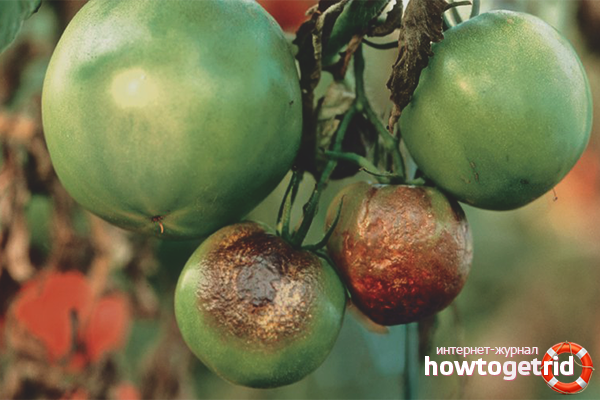
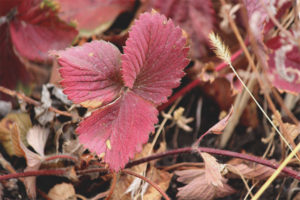
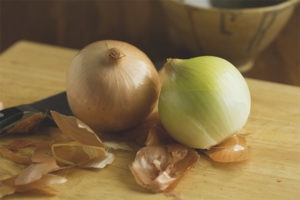
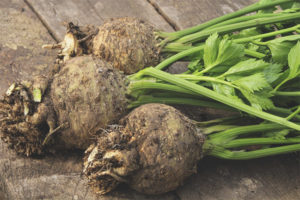
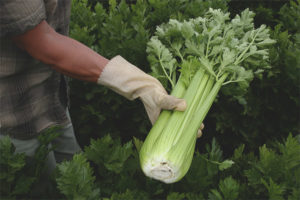
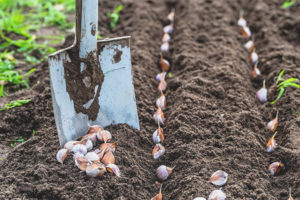
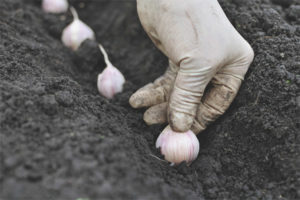
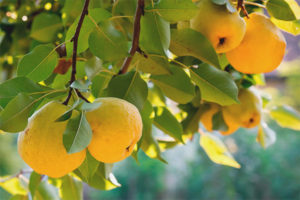
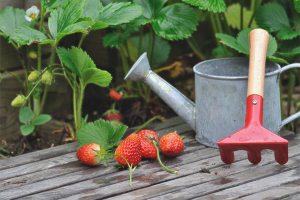
Submit